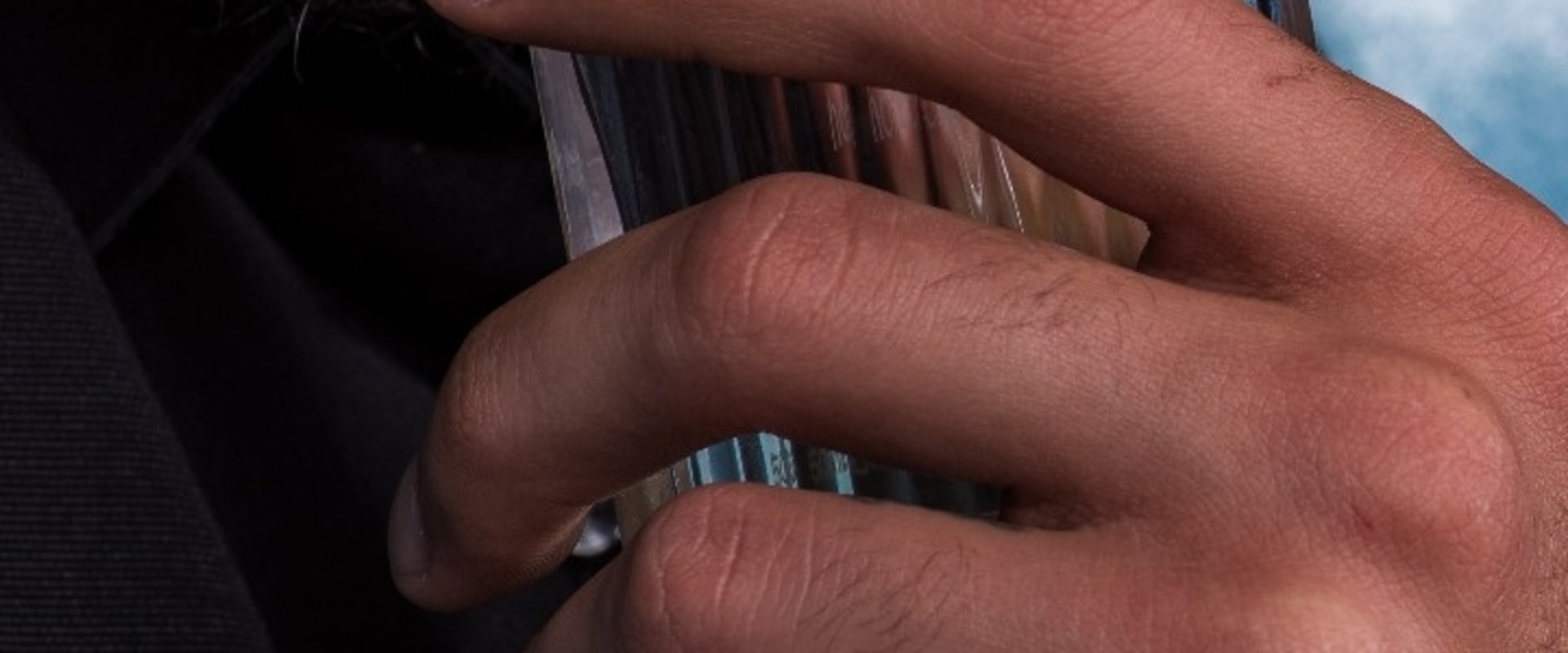Buying a bottle of perfume can be a tricky task. With so many counterfeit products on the market, it can be difficult to tell the difference between an original and a fake. To ensure you get the best quality product, it's important to know how to identify an original perfume.
A bottle of perfume must contain certain mandatory information. An original bottle will have the following details: the barcode, ingredients, allergens, and composition. All original fragrances should have these details. If the bottle does not contain any of these information, you should not buy it. Instead, purchase a tester of the original perfume. You can use it to test it before spending your hard-earned money on it.
Check the packaging closely. Look for any signs of unprofessional packaging. Original perfume boxes are made of high-quality paperboard. Thin, flimsy boxes are signs of counterfeits. The barcode should be located on the lowest back portion, and should not be glued to the sides. A real bottle should also be free from extra tape or messy glue residue. A bottle that doesn't contain these features should be returned to the store.
The bottle design is another key indicator of authenticity. If the bottle has bubbles, the perfume is likely a fake. A genuine bottle should have bubbles that disappear after about ten to fifteen seconds. Another sign of originality is the colour. An original perfume should be consistent in colour. Moreover, the bottle should be of good quality. The scent should last for a longer period of time than a fake one.
The fragrance should be transparent. Genuine perfumes are made of many layers. The bottle cap is smooth and rounded, whereas fakes have rough surfaces. The packaging is also well-made and features a sophisticated construction. You can smell the fragrance and tell the difference between the fake and the original perfume. If you know a fragrance well, you can sniff it before purchasing it.
An authentic perfume will have a high-quality bottle with a smooth and fine surface. The bottle of a fake perfume is a bit rough and contoured. Before spraying the perfume, take a good look at its contents. Check if the content seems clear.
The authentic perfume is always clear, without sediment or unusual discoloration. Cheaper perfumes tend to have a sweeter scent compared to other perfumes, as they are designed to be suitable for younger people. More expensive perfumes, on the other hand, are more likely to have several levels of fragrance. The essential oils used in perfumes are divided into top notes, middle notes and base notes.
The top notes can be smelled immediately and can last for about half an hour, the middle notes develop after half an hour and last for two to four hours, and the base note is the one left on the skin at the end of the day. Fake perfumes thrive and are much cheaper to produce because they replicate the top notes of a perfume and sometimes the middle notes.
To compare a real perfume with a cheaper one, look at how they smell on your skin after two hours, four hours and six hours. A cheaper perfume may smell bad or have no smell at all.
Be sure to run original perfume barcode verification, serial number verification along with bottle and packaging review. Check the color, finish and fragrance to make sure. Also, look at the packaging from the inside. If there is a lot of glue inside the box, you probably have a fake perfume.
You can also check the manufacturing date code that would be printed on the box to verify the authenticity of the perfume. The possibility that such a “decoded” perfume is fake is almost zero, since the decoding of the perfume of a fake product does not make any sense.
Another way is on the box, if there are spelling errors or differences in the packaging that indicate that the perfume you have can be replicated, then it's likely not an original product as genuine perfumes do not have any spelling errors.
A perfume has a comparatively higher concentration of oils and typically ranges from 15 to 30 percent, while cologne has much lower concentration ranging from 2 to 5 percent.
The first indicator for recognizing a fake perfume from an original fragrance is its smell; imitation perfumes don't have same quality or scent as authentic ones so you don't want to spend money on them.
In fake perfumes there is high probability that you will detect spelling errors; they can be minor change of an E or A or any other letter that may not be visible at first sight but with good observations that can be easily distinguished.
If you want to know how to spot fake cologne then keep in mind that authenticity checks you need to perform to verify royal cologne versus fake cologne are similar to those you would run to check real perfume versus fake perfume.
You should also be careful with fine print details; barcodes for authentic perfumes should be on bottom of box.
The decoding of perfume occurs when information showing where perfume is intended to be sold has been erased.
While you're more likely to encounter fake perfume while browsing flea market stalls,...

Leave Reply